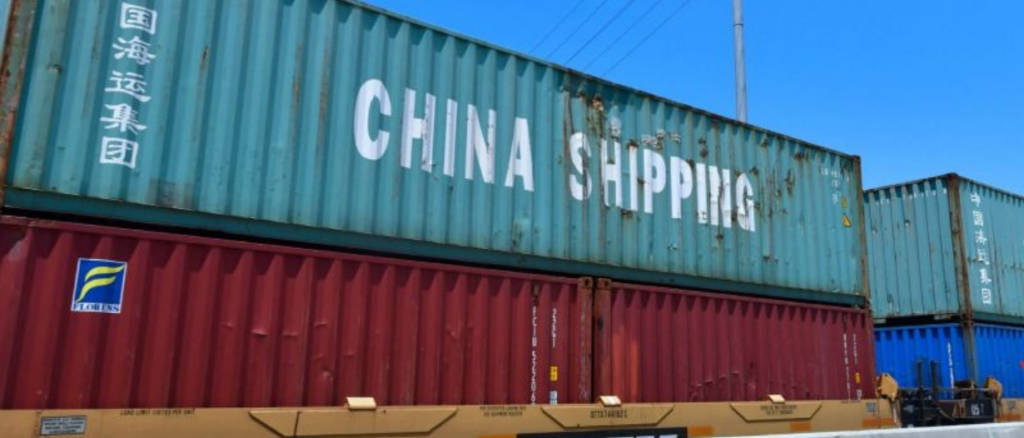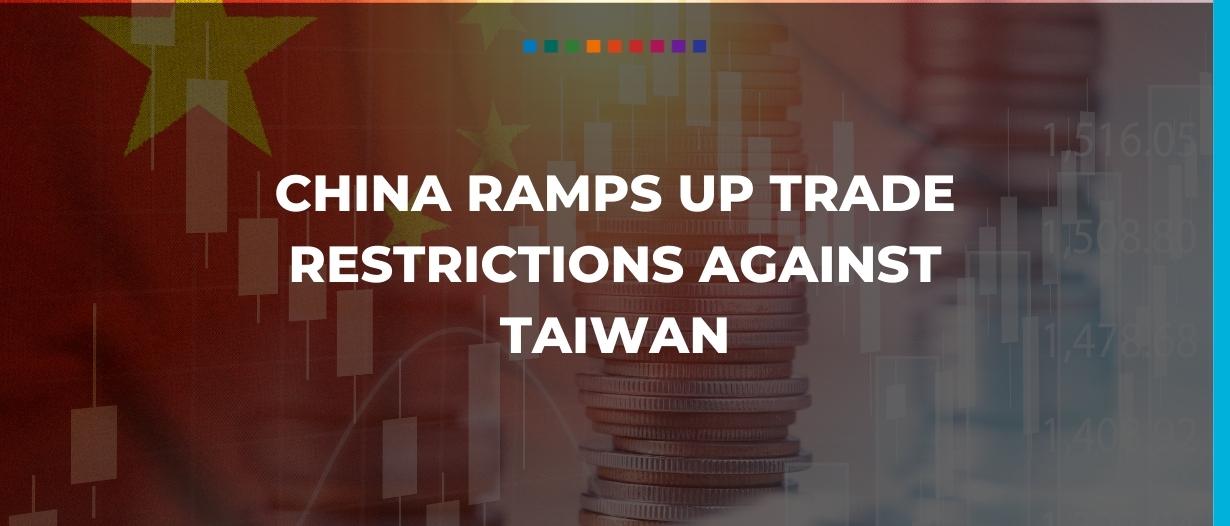China has announced a series of trade restrictions against Taiwan in response to United States House Speaker Nancy Pelosi’s visit to the island on Tuesday.
China will no longer allow natural sand to be exported to Taiwan and will no longer allow the import of fruit and fish from the territory.
Pelosi’s visit marks the first time in over 25 years that a senior US official has set foot in Taiwan – a move that Beijing feels threatens its ‘one China’ policy and may embolden separatist forces on the island.
The Chinese foreign ministry said the visit “has a severe impact on the political foundation of China-US relations and seriously infringes upon China’s sovereignty and territorial integrity.”
“These moves, like playing with fire, are extremely dangerous. Those who play with fire will perish by it,” the ministry added.
Pelosi’s trip across Asia – which includes stops in Japan, South Korea, Singapore, Malaysia, and Taipei – has prompted a surge of Chinese military exercises and this latest series of trade restrictions.
Sand, fruit, and fish
Sand is crucial for the Taiwanese manufacturing and construction sectors, playing a key role in many construction projects and the manufacturing of silicon wafers in chip production, which is one of the island’s key manufacturing sectors.
Mainland China, however, accounts for less than 2% of Taiwan’s annual natural sand imports, with nearly 50% coming from Australia.
Many experts believe that Beijing has selected natural sand for export restrictions as a means of displaying its clout as a trading partner, rather than a means of inflicting any tangible economic damage.
China has also halted imports from Taiwan of some citrus fruit and fish products, like frozen horse mackerel.
Officially, China cites repeated detection of excessive pesticide residue and other sanitary and phytosanitary concerns as the primary reason for these new restrictions.
The timing, however, coming the day Pelosi reaches Taiwan and following tense rhetoric from both sides regarding the situation, says otherwise.
This would not be the first time in the last two years that China has been accused of using trade as a weapon.
Both Lithuania and Australia have seen their exports restricted after having disputes with Beijing.
The deteriorating relations between Canberra and Beijing since 2019 have resulted in the loss of tens of billions of dollars to Australian exporters due to Chinese trade barriers on coal, beef, copper ore, wine, cotton, barley, timber, lobster, wheat, and sugar.
In response to Lithuania’s decision in 2021 to allow Taiwan to open an office under the name “Taiwan”, rather than the Chinese government-preferred “Chinese Taipei”, China downgraded the baltic nation’s diplomatic relationship, effectively implementing a trade embargo between the two states.

A look at the history behind the ‘one China’ policy
China’s views on Taiwan stem from the nation’s Civil war in the aftermath of World War Two.\
In 1949, communist forces under Mao Zedong defeated Chiang Kai-Shek’s forces, prompting the latter to retreat and form a new seat of government on the island of Taiwan, which they referred to as the Republic of China (ROC).
Back on the mainland, the victorious communist forces established their own government and began ruling as the People’s Republic of China (PRC).
The PRC maintain that there is only “one China”, with Taiwan simply being a rogue province of that unified nation. The island of Taiwan does not share this view, considering itself independent and self-governing.
Mainland China requires the states that it has diplomatic ties with to adhere to its ‘one China’ policy and not recognise Taiwan as an independent state.
In an attempt to create political separation between itself and communist china following the civil war, the US formed formal ties with Taiwan’s ROC and not the mainland’s PRC.
In 1979, however, as Mainland China was growing economically and it became clear that the US could no longer avoid having relations, the Carter administration officially recognised the PRC and derecognised the ROC.
Today, Taiwan only has official diplomatic relations with 13 states around the world. These small nations have a collective GDP and GDP per capita of just $158 billion and $3,400, respectively – values roughly equivalent to Khazakstan (for GDP) and Bhutan (for GDP per capita).
Unofficial diplomatic ties with Taiwan
In total, 59 sovereign states, 3 dependant or quasi-dependant territories, and the European Union all maintain unofficial diplomatic relations with Taiwan.
The US is one of those states.
In 1979 the US Congress passed the Taiwan Relations Act (TRA) which effectively states that the US must help Taiwan defend itself — a major reason why the US continues to sell arms to the island and encourages the ROC and PRC to pursue constructive dialogue.
This is because, although the US officially follows the ‘one China’ policy, it does not itself ascribe to the policy.
Unofficially, US diplomats still maintain a presence in Taipei through the American Institute in Taiwan, a private corporation in the city.
While the situation with Taiwan has remained tense for many years, this latest action seems to have thrown fuel on the fire.























